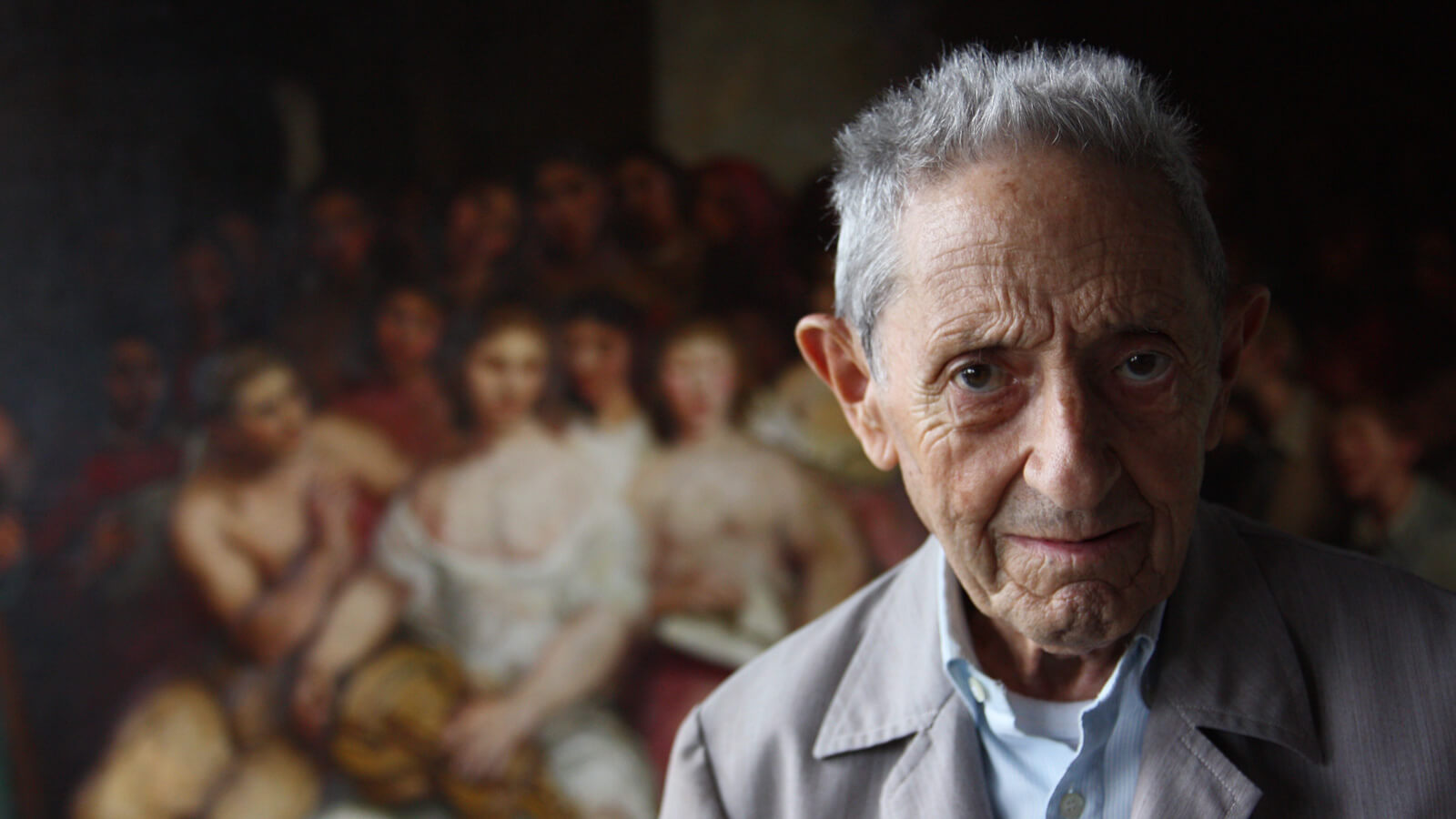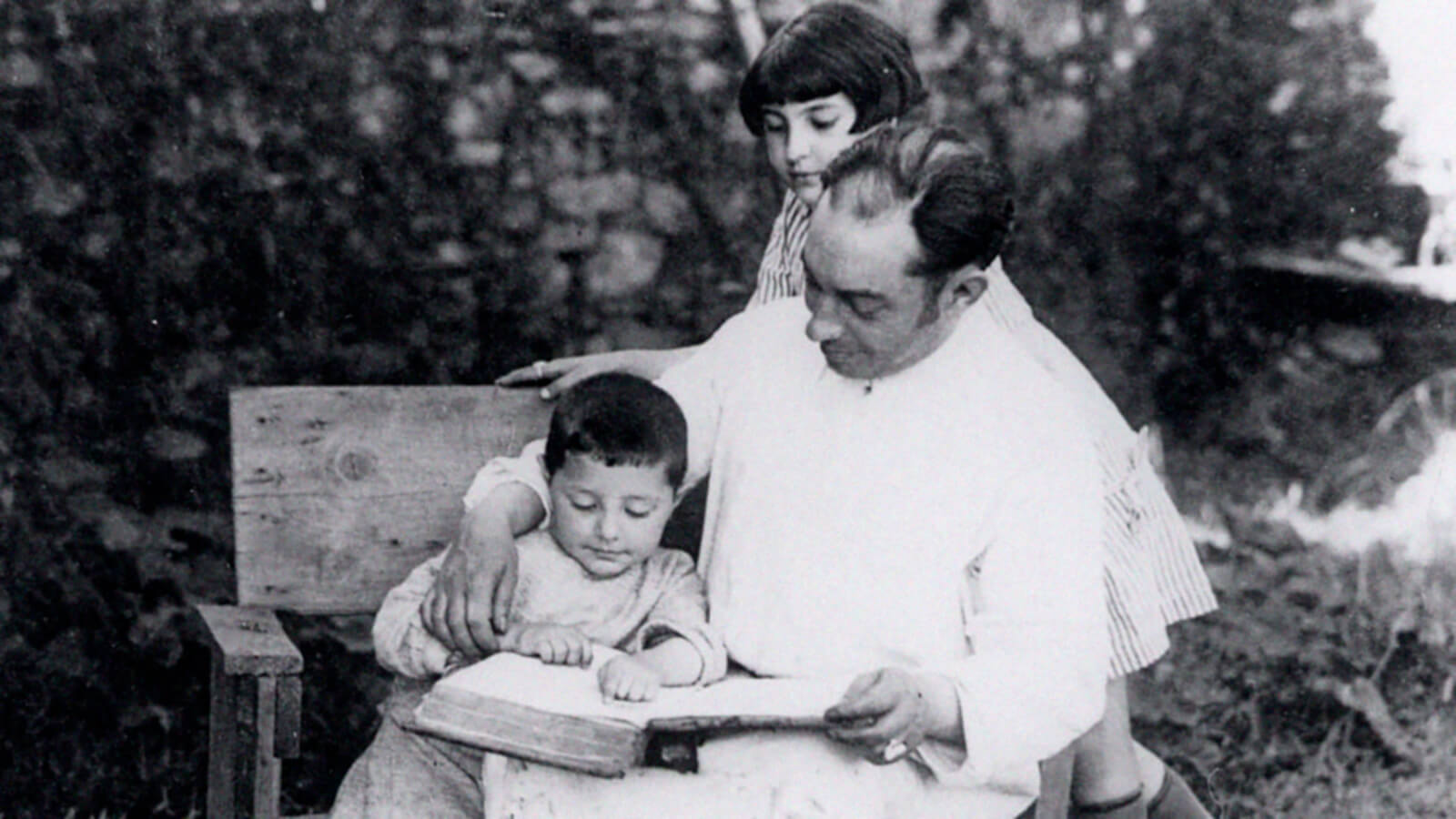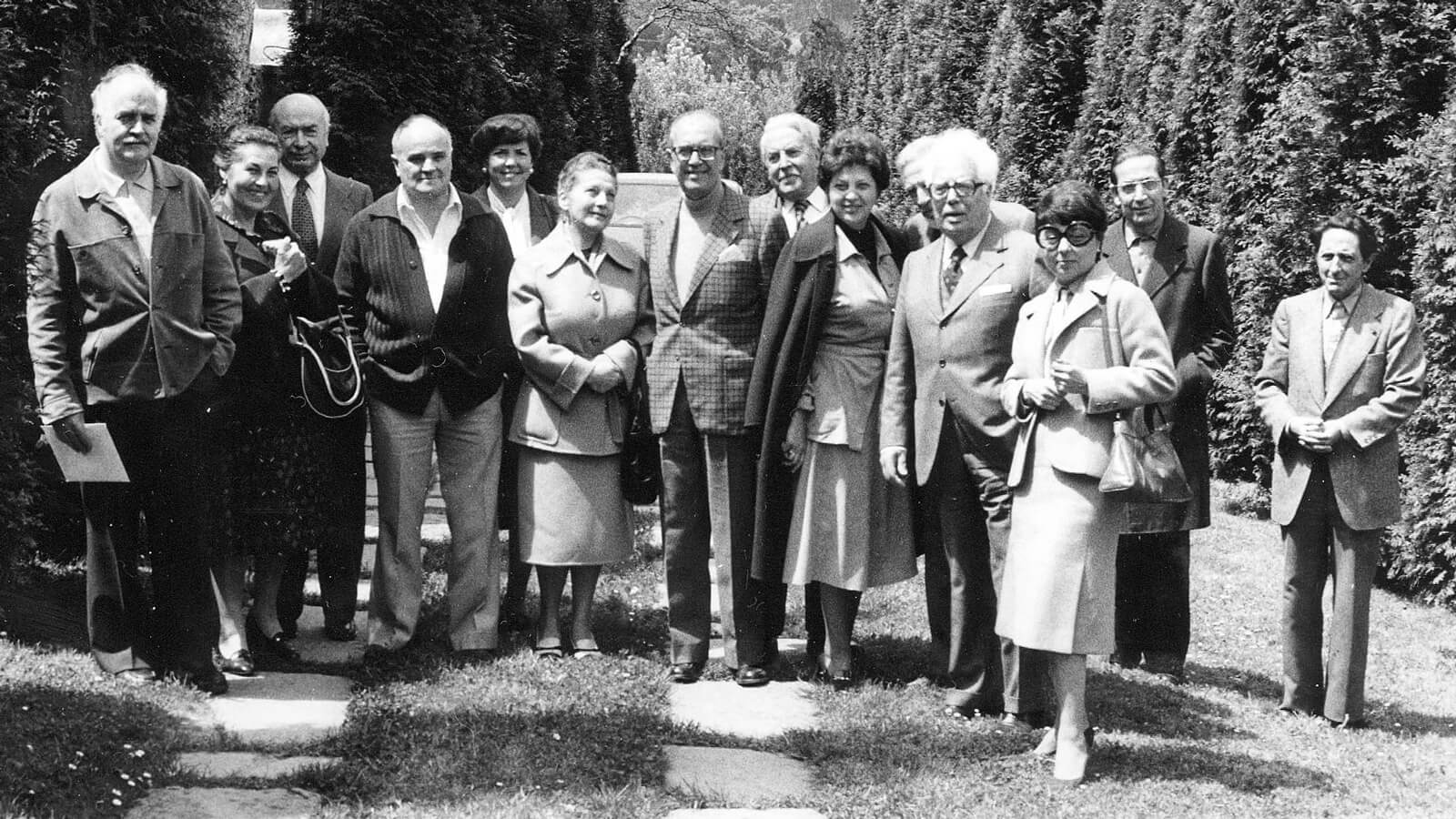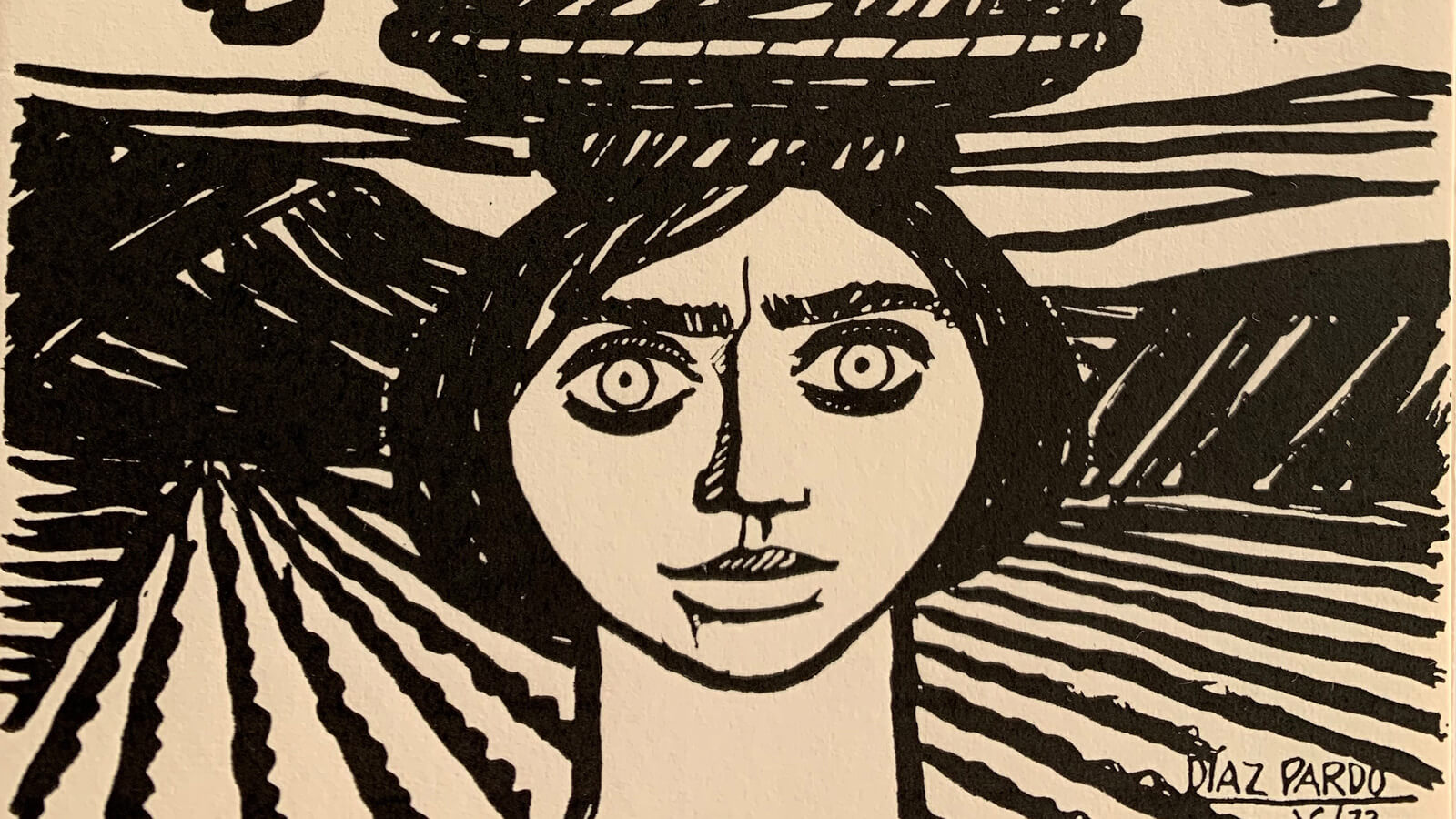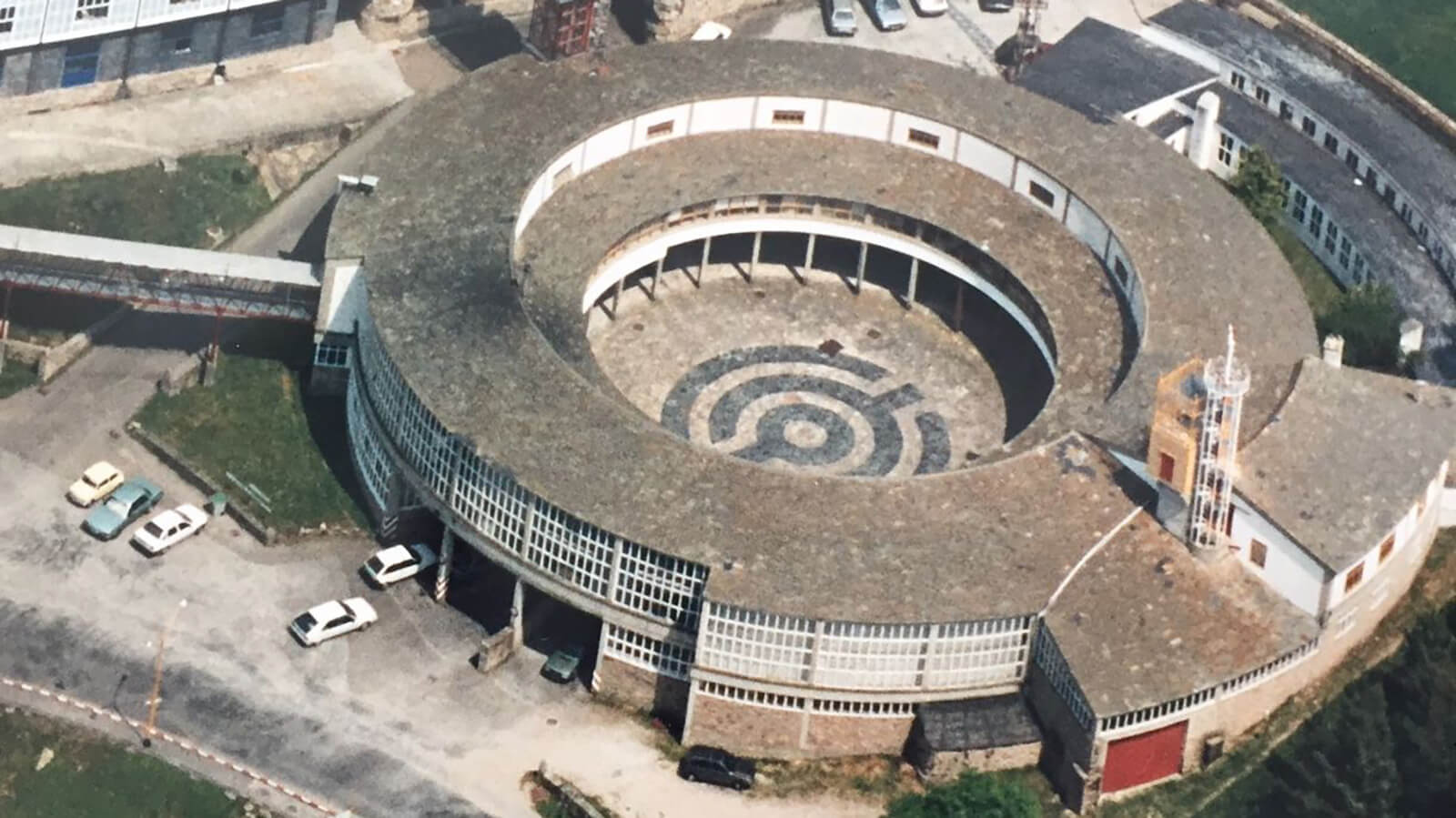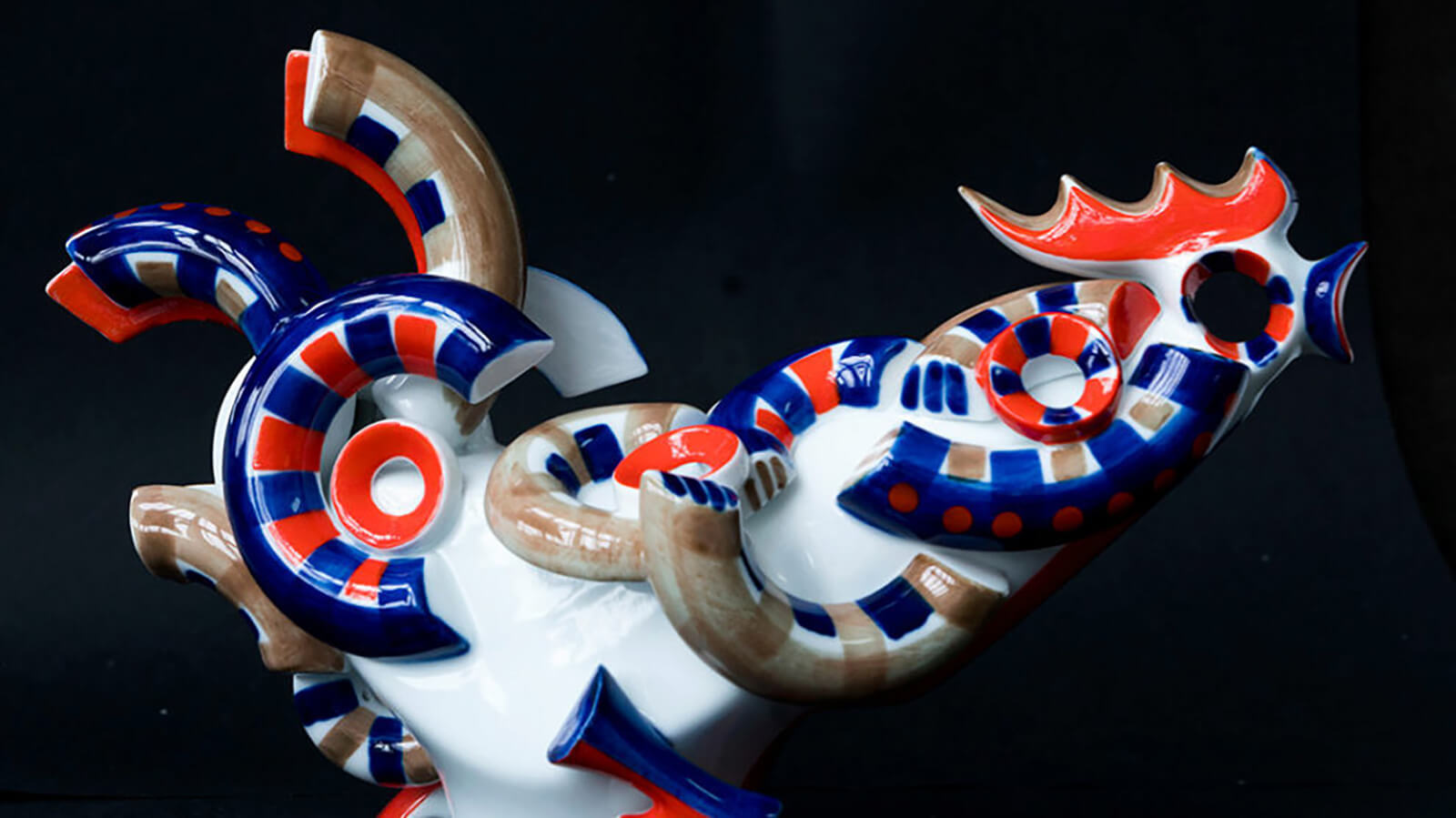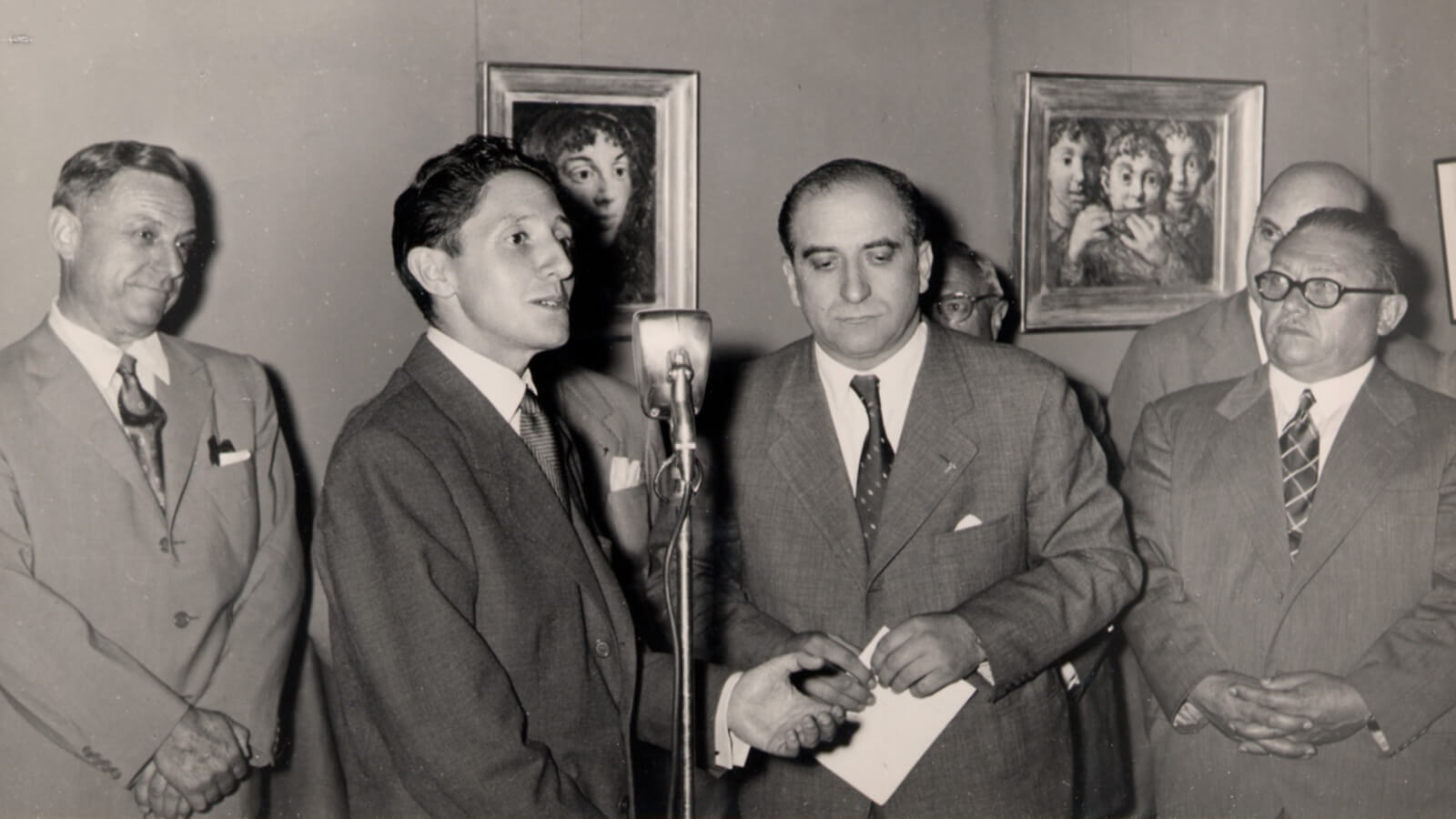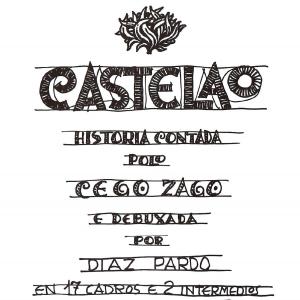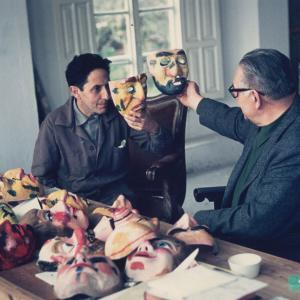A draughtsman, writer and politician, Castelao was one of the most important historical figures of the first half of the 20th century in Galicia, and the great leader of Galician nationalism in exile. A member of parliament for the Galicianist Party in the governments of 1931 and 1936, he promoted the establishment of the Council of Galicia (1944) in exile. He was its president, and in 1945 was appointed minister without portfolio of the Government of the Republic headed by Giral.
A draughtsman, writer and politician, he was one of the most important historical figures of the first half of the 20th century in Galicia.
As well as his genius as a draughtsman, which he demonstrated in the contemporary press and in albums such as Nós (1919), Galicia mártir, Atila en Galicia (both in 1937), Milicianos (1938) and Debuxos de negros (1939), his literary side is also demonstrated in works such as Un ollo de vidro. Memorias dun esquelete (1922), the two books of Cousas (1926, 1929), Cincoenta homes por dez reás (1930), Retrincos (1934), Os dous de sempre (1934) and Os vellos non deben namorarse (a play premiered in Buenos Aires in 1941).
He was the great leader of Galician nationalism in exile.
There were also his studies on As cruces de pedra na Bretaña (1930) and As cruces de pedra na Galiza (1950), as well as his essay Sempre en Galiza (1944; 1961, 2nd edition, posthumous and expanded), in which he summarised his political thought. For a long time it had the status of the Bible of Galicianism.
The young Isaac Díaz Pardo met and struck up a relationship with Castelao in the meetings and discussions that the Galicianists organised in the workshop of his father, Camilo Díaz Baliño. There he worked on the 1936 propaganda campaign in favour of the Charter of Autonomy, creating two original posters and helping to reproduce those of other artists, including those designed by Castelao.
Díaz Pardo met and struck up a relationship with Castelao in the meetings that the Galicianists organised in the workshop of his father, Camilo Díaz Baliño.
Throughout his life, Díaz Pardo declared a great admiration for the thought and work of Castelao: he often highlighted his figure in articles in the press, and published in Ediciós do Castro books by experts on his life and work, acquired some of his works for the Carlos Maside Museum, curated the documentation of the Council of Galicia, incorporated the typefaces designed by Castelao into the company and fostered the creation of the collection of figures in Sargadelos that reproduced the characters of the Holy Company of illustrious Galicians which Castelao named in his speech Alba de Gloria.

